Looking for the perfect ski that can handle everything from groomed trails to powder? This guide highlights the best all-mountain skis of 2025, offering options for every skill level and terrain preference. Whether you're a beginner or an expert, skiing on the East Coast or tackling deep powder out West, there's something here for you.
Key Takeaways:
- Waist Widths: Choose 80–95mm for hardpack (East Coast) or 90–105mm for powder (West).
- Core Materials: Look for wood cores, carbon fiber, or metal laminates for durability and performance.
- Turn Radius: Ideal range is 16–20m for versatility across terrains.
- Compact Skiblades: Snowfeet's 65cm–120cm models are lightweight, portable, and great for beginners or recreational skiers.
-
Top Picks for 2025:
- Snowfeet Skiblades: $400–$650, compact and easy to use.
- Rossignol Experience 88 Ti: $650, excels on groomed runs.
- Atomic Maverick 95 Ti: $750, versatile for mixed terrain.
- Volkl M6 Mantra: $750, built for speed and stability.
- Nordica Enforcer 94: $700, balanced for all conditions.
- K2 Mindbender 90 Ti: $650, great for carving and mixed snow.
- Salomon Stance 96: $750, handles varied conditions with ease.
Quick Comparison Table:
| Model | Best For | Price | Width (mm) | Turn Radius | Skill Level |
|---|---|---|---|---|---|
| Snowfeet Skiblades | Beginners/Recreational | $400–$650 | 65–120 | Compact | Beginner–Advanced |
| Rossignol Experience 88 Ti | Groomed Runs | $650 | 88 | 16m | Intermediate–Advanced |
| Atomic Maverick 95 Ti | Mixed Terrain | $750 | 94.5 | 19.3m | Advanced |
| Volkl M6 Mantra | Speed/Control | $750 | 96 | 18m | Advanced–Expert |
| Nordica Enforcer 94 | All Conditions | $700 | 94 | 17.1m | Intermediate–Expert |
| K2 Mindbender 90 Ti | Carving/Mixed Snow | $650 | 90 | 19m | Advanced |
| Salomon Stance 96 | Versatility | $750 | 96 | 20m | Intermediate–Advanced |
No matter your style or terrain, the skis in this guide are built to maximize your time on the slopes. Keep reading for detailed reviews and insights to help you find your perfect fit.
The One Ski Quiver 2025 | The Best All Mountain Skis
Key Features of All-Mountain Skis
The features of all-mountain skis play a big role in how they handle different snow conditions and terrain. Knowing these features can help you pick the right pair, whether you're cruising groomed trails or tackling fresh powder. Here's a breakdown of what to consider:
Waist Width
All-mountain skis typically range from 75–105mm at the waist. The best width for you depends on where and how you usually ski.
Core Materials and Construction
The materials and construction of the ski impact its performance. Here's what you'll often find in modern all-mountain skis:
- Metal laminates: Add stability and reduce vibrations.
- Carbon fiber: Keeps the ski light and responsive.
- Wood cores: Provide natural flex and long-lasting durability.
Once the materials are set, the ski's profile determines how it performs across different conditions.
Rocker/Camber Profile
A ski’s profile influences how it handles various snow types. Many all-mountain skis feature a blend of rocker and camber:
- Camber underfoot offers strong edge grip.
- Rocker at the tip and tail improves float in powder.
- This combination makes turning easier in mixed conditions.
| Snow Conditions | Recommended Width | Ideal Profile |
|---|---|---|
| East Coast Hardpack | 80–90mm | More camber, minimal rocker |
| Rocky Mountain Powder | 100–118mm | Mixed rocker/camber |
| Pacific Northwest Heavy Snow | 90–115mm | More pronounced rocker |
Turn Radius
For all-mountain skis, a turn radius between 16 and 20 meters is ideal. This range lets you carve smoothly on groomed runs, adjust your turns easily on varied terrain, and maintain stability at faster speeds.
Weight and Stability
Newer designs aim to reduce swing weight while keeping the skis stable at high speeds, ensuring better control.
Regional Considerations
Snow conditions vary by region, and so should your ski choice. For example, Colorado’s dry snow works well with narrower skis, while wetter areas need wider skis to improve flotation.
1. Snowfeet Skiblades: 65 cm, 99 cm, and 120 cm Models
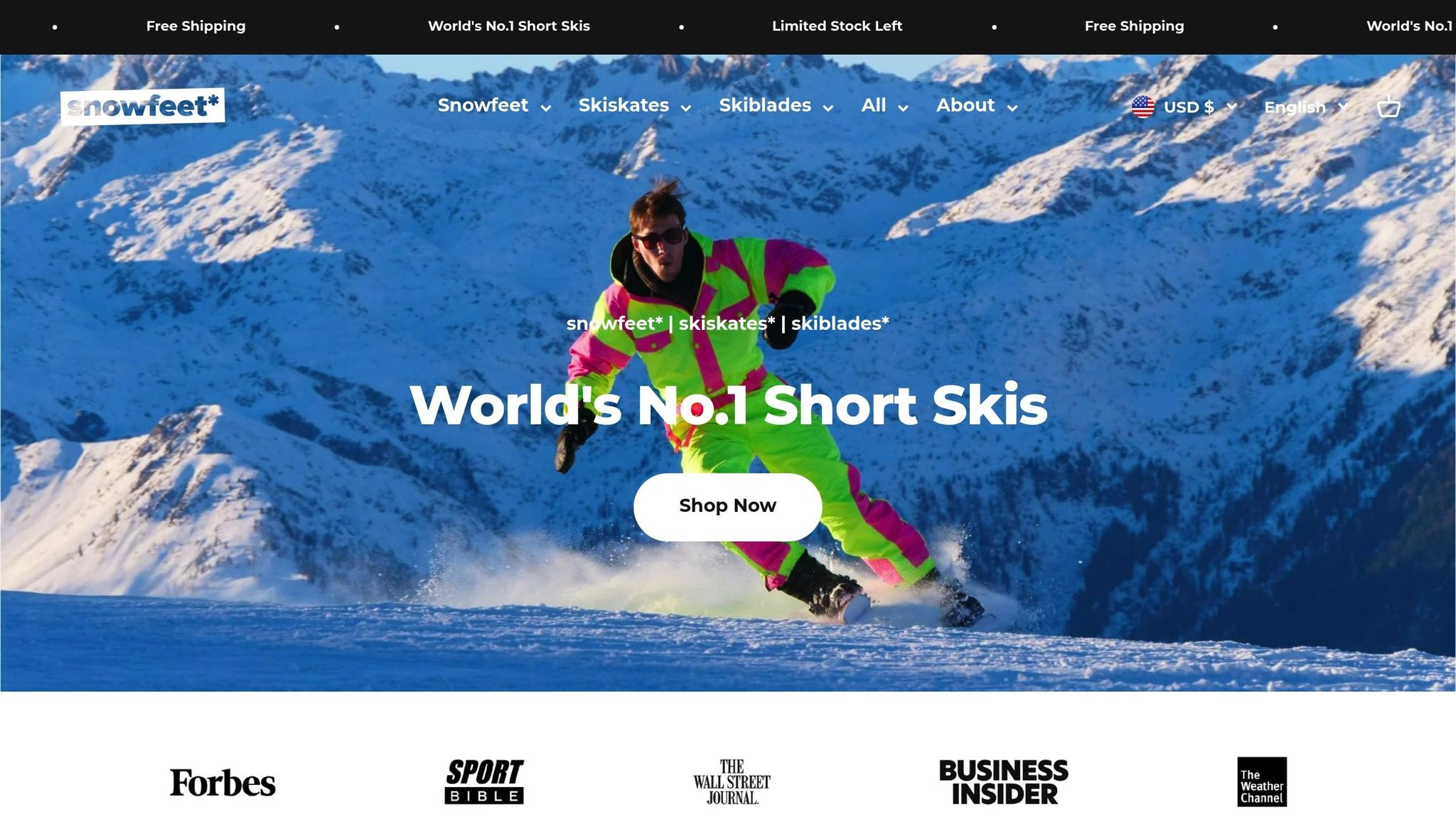
Snowfeet's 2025 lineup introduces three skiblade models designed for different terrains and skill levels. These skiblades combine easy handling with a durable fiberglass-reinforced build and metal edges for better grip on hard-packed snow.
65 cm Model: Ideal for Beginners
The 65 cm skiblades are perfect for those new to skiing. They offer great control and make turning effortless, thanks to their compact size. Jeff Knight highlights that this model is well-suited for balanced skiers, while those needing extra stability might prefer longer skis.
99 cm Model: Versatile for All Conditions
The 99 cm skiblades shine in a variety of conditions. They provide better float in powder while maintaining agility, making them a favorite among intermediate skiers who want flexibility across different terrains.
120 cm Model: Built for Speed and Stability
The 120 cm skiblades deliver high-speed stability without losing Snowfeet's signature maneuverability. These are best suited for advanced skiers who prioritize performance and portability.
Each model is tailored to a specific audience, offering options for beginners, intermediates, and advanced skiers. Here's how they compare:
| Model Length | Best For | Terrain Specialty | Skill Level |
|---|---|---|---|
| 65 cm | Quick turns, moguls | Groomed runs, terrain parks | Beginner |
| 99 cm | All-mountain versatility | Mixed conditions, powder | Intermediate |
| 120 cm | High-speed stability | All terrain, deep powder | Advanced |
Ease of Use and Comfort
Snowfeet skiblades work with regular winter boots or snowboard boots, so there's no need for specialized ski gear. Jakub F. shares:
"With these little skis, you feel much more agile, faster, and above all – comfortable. No buckles, no heavy boots – just strap in and go."
Key Features for Performance
- Adjustable bindings that fit standard winter or snowboard boots
- Compact design, making them easy to carry and store
Real-world testing highlights their practicality. For instance, in July 2024, Michael Hirsch used the 65 cm model at Las Araucarias Ski Center in Chile and found them particularly effective for teaching beginners.
To keep them performing at their best, regular maintenance is crucial. Waxing the bases prevents snow buildup and ensures a smooth glide on all types of snow.
2025 Pricing
- 65 cm Model: Starting at $400
- 99 cm Model: Starting at $450
- 120 cm Model: $650
Each purchase includes adjustable bindings and a one-year warranty covering manufacturing defects.
Snowfeet's skiblades offer a modern take on all-mountain skiing. Next up, we'll take a closer look at the Rossignol Experience 88 Ti and its performance features.
2. Rossignol Experience 88 Ti: Performance Review
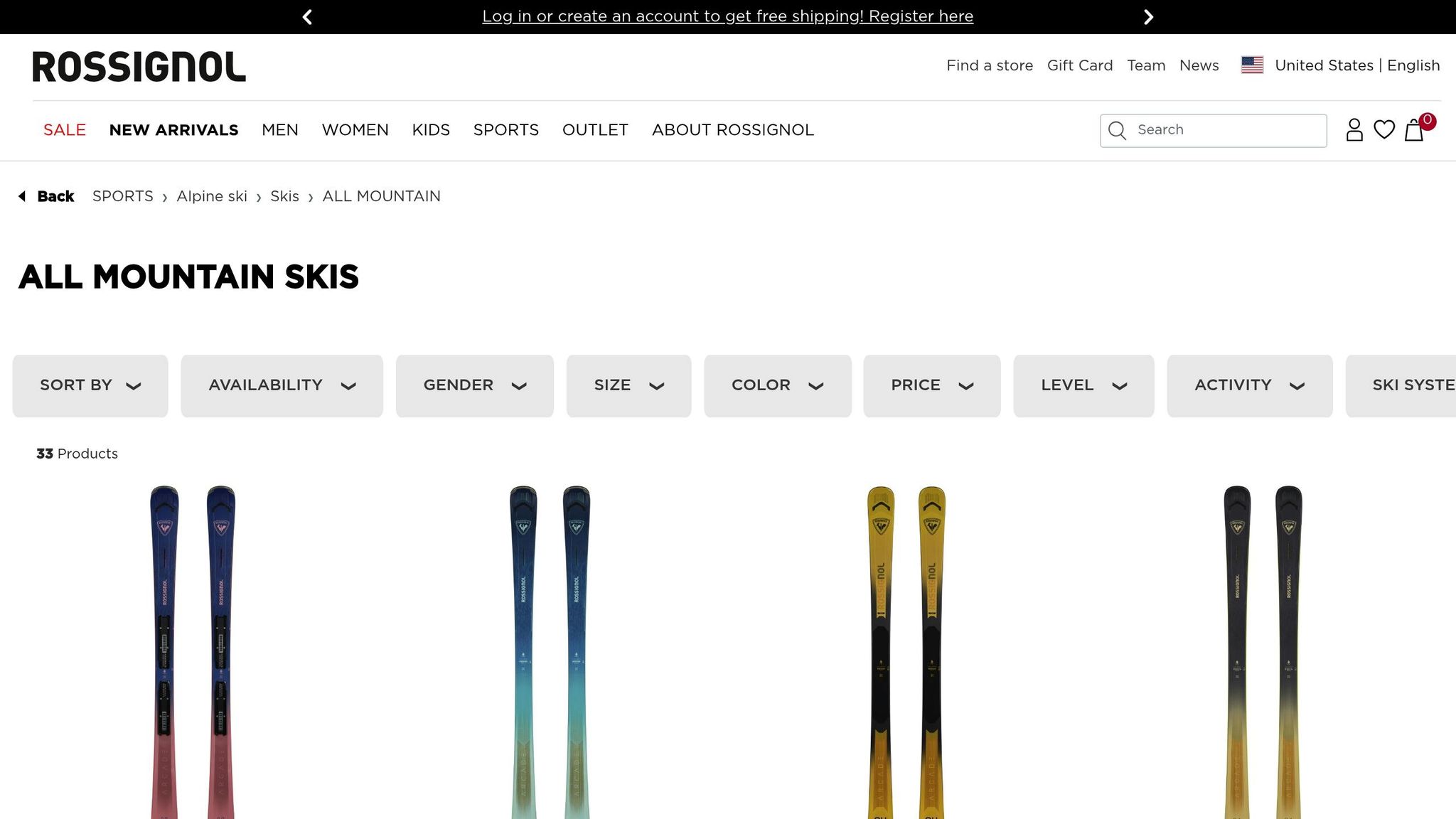
The Rossignol Experience 88 Ti is a standout choice for groomed terrain enthusiasts. At $650, it delivers precision and stability, making it a go-to option for intermediate and advanced skiers who stick to well-maintained slopes.
Construction and Design Features
This ski incorporates Air Tip VAS, which reduces swing weight and absorbs impacts, ensuring smoother transitions. A vertical Titanal strip adds stiffness, boosting its performance on firm snow. With dimensions of 127-88-117 mm and a 16-meter sidecut radius, it’s built for quick, responsive turns on groomed runs.
| Performance Aspect | Rating | Key Highlights |
|---|---|---|
| Groomed Runs | Excellent | Minimal tip flap, stable at speed |
| Hard Pack | Superior | Exceptional edge grip |
| Powder | Limited | Handles light powder on a firm base |
| Bump Terrain | Advanced | Requires skilled technique |
The Experience 88 Ti is crafted to handle a variety of on-slope conditions while maintaining a balanced ride.
On-Snow Performance
Thanks to its precise engineering, this ski provides outstanding stability even at higher speeds. Switchback Travel describes it as:
"The Experience 88 Ti is an excellent frontside design. It nicely balances high-speed stability, a very smooth and damp ride, and lots of energy when connecting turns".
Terrain-Specific Capabilities
- Hard Pack: Delivers top-notch edge control for firm snow.
- Groomed Runs: Offers excellent stability and smooth handling.
- Powder: Performs best in light powder, especially when there’s a firm base underneath.
- Bump Terrain: Handles well but demands advanced skills for control.
Strengths and Limitations
The ski’s short turn radius and tip rocker enhance edge precision, making it easy to navigate tight turns. Additionally, its lightweight construction ensures effortless handling. However, its performance dips in deeper powder, which limits its versatility for off-piste adventures.
With a 4.7/5 rating, the Experience 88 Ti shines on groomed trails but isn’t the best choice for deep snow.
2025 Technical Specifications
Here’s a quick breakdown of what makes this ski excel on groomed terrain:
| Feature | Specification |
|---|---|
| Width Profile | 127-88-117 mm |
| Turn Radius | 16 meters |
| Core Material | Titanal + Air Tip VAS |
| Best For | Groomed slopes, firm snow conditions |
| Price | $650 |
This design strikes a balance between being accessible for intermediate skiers while still delivering the high-speed stability and precision that experts demand.
3. Atomic Maverick 95 Ti: Specs and Usage
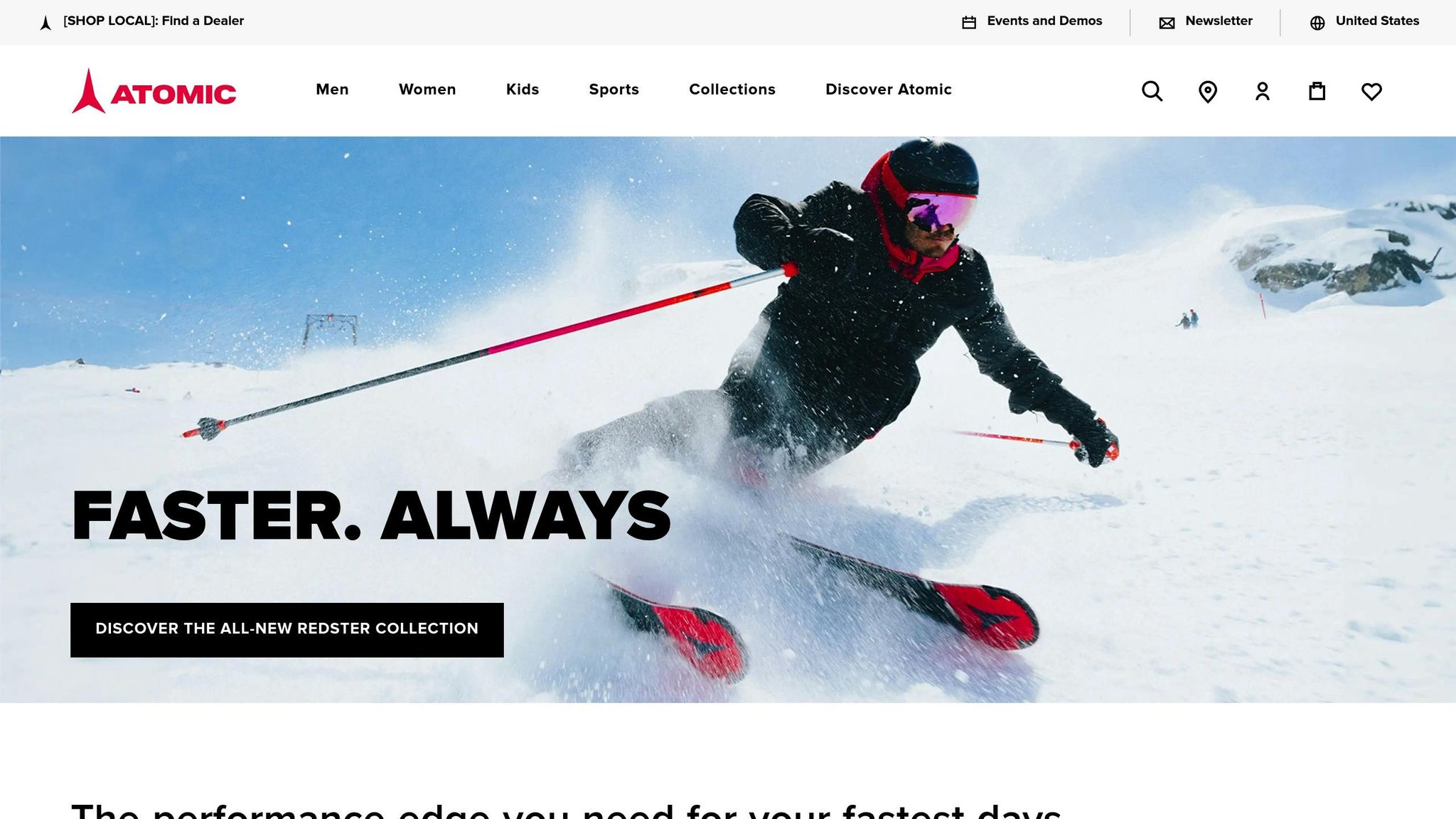
The Atomic Maverick 95 Ti follows the Rossignol Experience 88 Ti as a strong contender for all-mountain skiing. Built with a poplar wood core, fiberglass, and titanium, this ski offers a mix of power and control, designed for athletic skiers who demand performance.
Technical Specifications
| Feature | Specification |
|---|---|
| Dimensions | 129-94.5-113 mm |
| Turn Radius | 19.3 m |
| Weight (per pair) | 7.9 lbs |
| Profile | 20/70/10 Rocker/Camber/Rocker |
| Core Material | Poplar wood + Titanium |
| Price | $750 (MSRP) |
Performance Ratings
This ski performs consistently across various terrains, earning solid scores in key areas:
| Performance Aspect | Rating (out of 10) |
|---|---|
| Stability at Speed | 8.0 |
| Carving Ability | 7.0 |
| Powder Performance | 7.0 |
| Crud Performance | 8.0 |
| Terrain Playfulness | 8.0 |
Design Features
The Maverick 95 Ti incorporates Atomic's HRZN Tech with early rise, giving it better float in powder. However, this design can lead to some chatter at higher speeds. Its OMatic construction strikes a balance between stiffness and flex, ensuring it performs well across a variety of snow conditions.
Terrain Performance
Testers have highlighted the ski's adaptability. Philpug, a SkiTalk Tester, shares:
"Atomic has accomplished the difficult task of making a ski that has power when it's needed but finesse when you want it".
This ski shines in spring conditions and on bumpier terrain. A mounting recommendation of -2cm from center adds stability, making it equally effective on groomed runs and off-piste trails.
Max Ritter from TGR also notes:
"While much more accessible than the Vantage series it replaced in Atomic's lineup, it rewards aggressive skiing in all manner of terrain".
Pricing and Value
While the MSRP is $750, you can often find it for less - many retailers price it around $600, with some specialty shops offering it for as low as $459.99. This competitive pricing makes the Maverick 95 Ti a compelling option for skiers seeking performance without breaking the bank.
4. Volkl M6 Mantra: Features and Performance
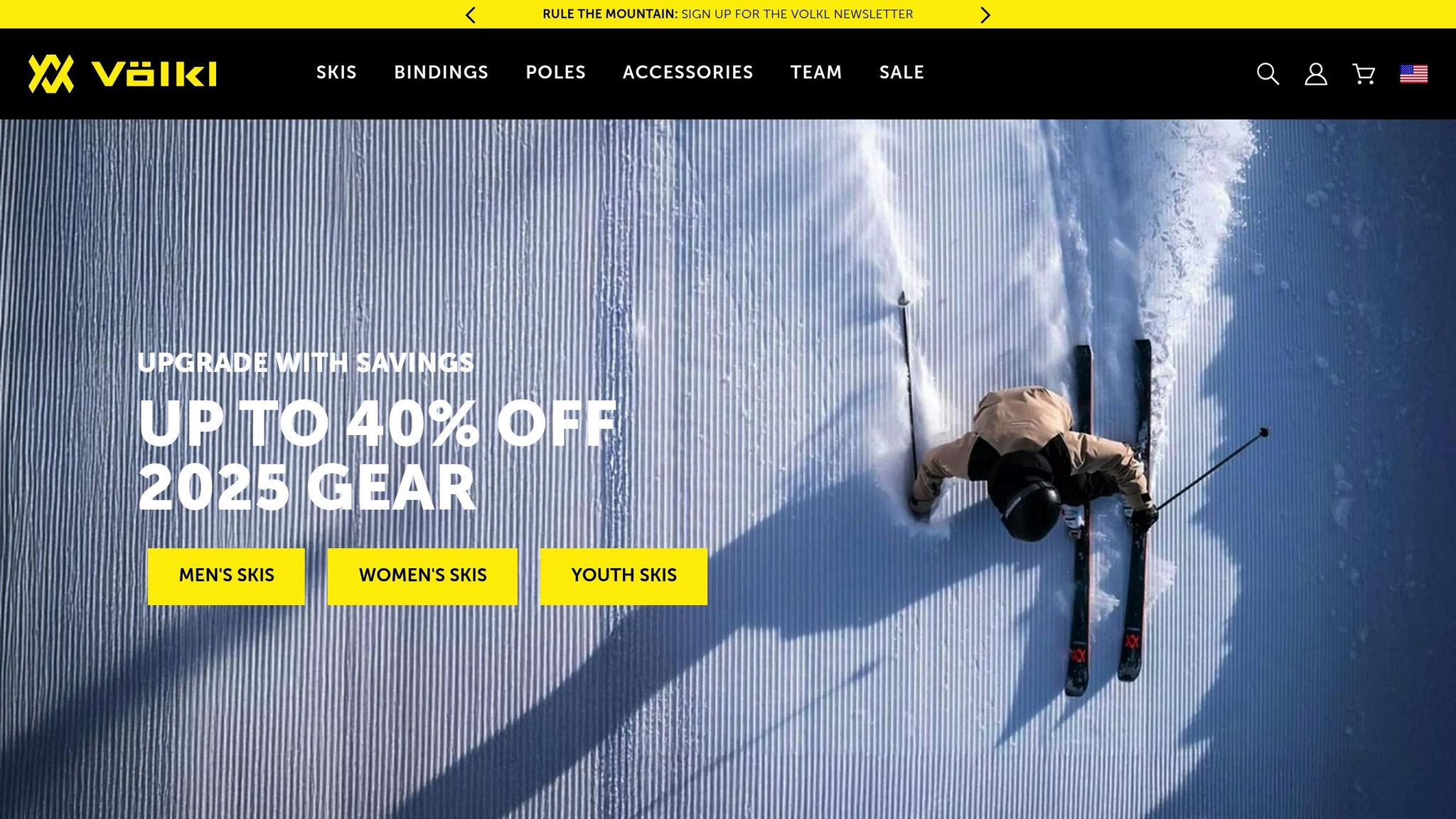
The Volkl M6 Mantra is designed for advanced and expert skiers, combining thoughtful engineering with impressive versatility. Let’s take a closer look at its specifications, performance, and the technologies that make it stand out.
Technical Specifications
| Feature | Specification |
|---|---|
| Waist Width | 96mm |
| Weight | 4.56 lbs (2,070g) per ski @ 177cm |
| Turn Radius | 30m/18m/24m (3D Radius) |
| Core Construction | Tailored Titanal Frame + Carbon Tip |
| Price | $750 MSRP |
Performance Ratings
OutdoorGearLab tested the M6 Mantra extensively and provided the following ratings:
| Performance Aspect | Rating (out of 10) |
|---|---|
| Stability at Speed | 9.0 |
| Carving Ability | 9.0 |
| Powder Performance | 8.0 |
| Crud Performance | 9.0 |
| Terrain Playfulness | 6.0 |
Key Technologies
- Tailored Titanal Frame
This feature adjusts the amount of Titanal reinforcement based on ski length. Andreas Mann, Völkl Freeride Product Manager, elaborates:
"Since longer skis are normally used by taller and heavier people, we added more Titanal before and behind the binding area so the skis are bulletproof when going fast. Whereas, on the shorter lengths, there is less Titanal in those areas making the ski more approachable for smaller people going at more moderate speeds."
- 3D Radius Technology
The ski’s three-radius design enhances its adaptability. With a 30-meter radius at the front, 18 meters underfoot, and 24 meters at the tail, skiers can easily adjust their turn shapes and maintain control.
- Tailored Carbon Tip
This feature improves stability and minimizes tip deflection, particularly in rough conditions.
Real-World Performance
These technologies translate to strong on-snow performance. Brady Newton, a tester from Salt Lake City, shared his experience:
"The skis came alive the second I tipped them over, I knew immediately this was going to be a great run."
The M6 Mantra shines in several areas:
- Exceptional stability at high speeds on groomed runs
- Reliable edge grip on hard snow
- Solid performance in varied conditions
- Versatility in off-piste terrain
However, some testers, like Jon Sexauer from Denver, noted that the skis feel heavy in bump sections, making quick turns more demanding.
Value Proposition
Priced at $750 MSRP, the M6 Mantra offers a blend of durability and performance that suits dedicated skiers who tackle a variety of terrains. Its consistent reliability and advanced features justify the investment for those who demand more from their gear.
sbb-itb-17ade95
5. Nordica Enforcer 94: Complete Overview
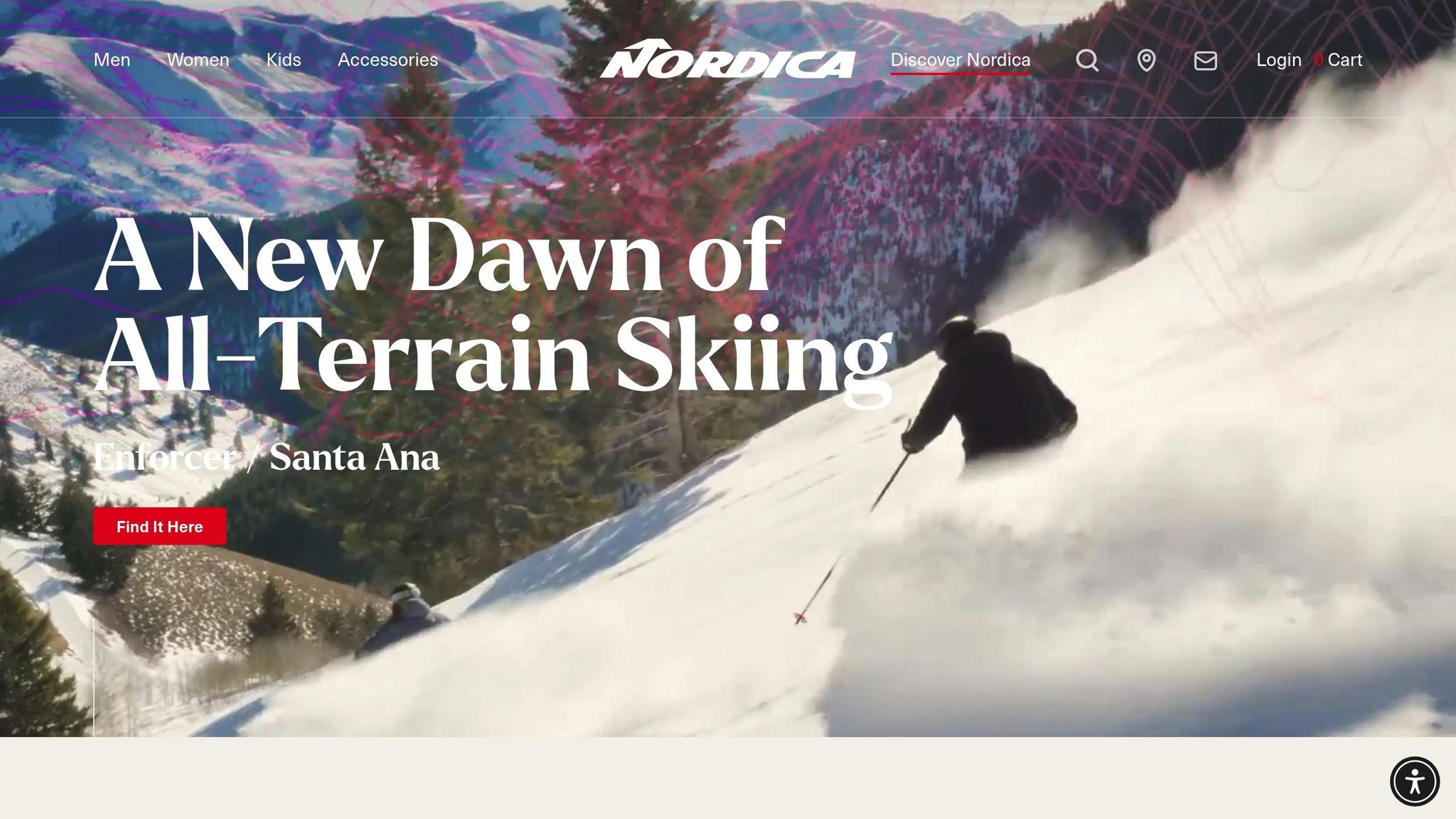
The Nordica Enforcer 94 is a solid choice for intermediate to expert skiers, offering a blend of stability and agility across different terrains. Priced at $700 MSRP, it delivers a well-rounded performance.
Technical Specifications
| Feature | Specification |
|---|---|
| Dimensions | 127–94–115.5 mm |
| Turn Radius | 17.1 m (on a 179 cm ski) |
| Weight | 4.47 lbs (2,030 g) per ski |
| Construction | Wood Core (Beech/Poplar) + Dual Titanal |
| Price | $700 MSRP |
Performance Analysis
The Enforcer 94 uses a beech-poplar wood core paired with two layers of metal, creating a ski that feels stable yet responsive. Its True Tip Technology extends the wood core, reducing swing weight for easier maneuverability. Users have consistently reported strong performance on snow.
Switchback Travel's testing provided the following ratings:
| Aspect | Rating (out of 5) |
|---|---|
| Overall Performance | 4.8 |
| Stability at Speed | 4.7 |
| Powder Performance | 4.5 |
| Crud Performance | 4.3 |
| Bump Performance | 4.2 |
Real-World Performance
John Ellings from Switchback Travel shared his thoughts on the ski:
"With a do-everything personality and very natural feel, Nordica's popular all-mountain ski is one of the most well-rounded designs on the market."
The ski shines in various conditions:
- Hardpack: Provides excellent edge grip and stability at high speeds.
- Powder: Handles up to 10 inches of fresh snow with ease.
- Bumps: Offers good control and maneuverability, even in tricky terrain.
- Mixed Conditions: Stays composed and reliable in variable snow.
Key Technologies
Several design elements contribute to the Enforcer 94's consistent performance:
- True Tip Technology: Extends the wood core to improve maneuverability and reduce weight.
- Energy 2 TI Pulse Core: Combines a wood core and elastomer with titanal layers for a balanced feel.
- Carbon Fiber Chassis: Adds smoothness without compromising the ski's durability.
Value Assessment
The Enforcer 94 is a great option for skiers who want a versatile all-mountain setup. Chase from Powder7 Staff sums it up:
"In a world where everyone wants a one ski quiver, the Enforcer 94 strikes a wonderful balance of nimbleness and aggressiveness."
Its durability and balanced design make it a worthwhile investment for those splitting their time between groomed trails and off-piste adventures.
6. K2 Mindbender 90 Ti: Full Analysis
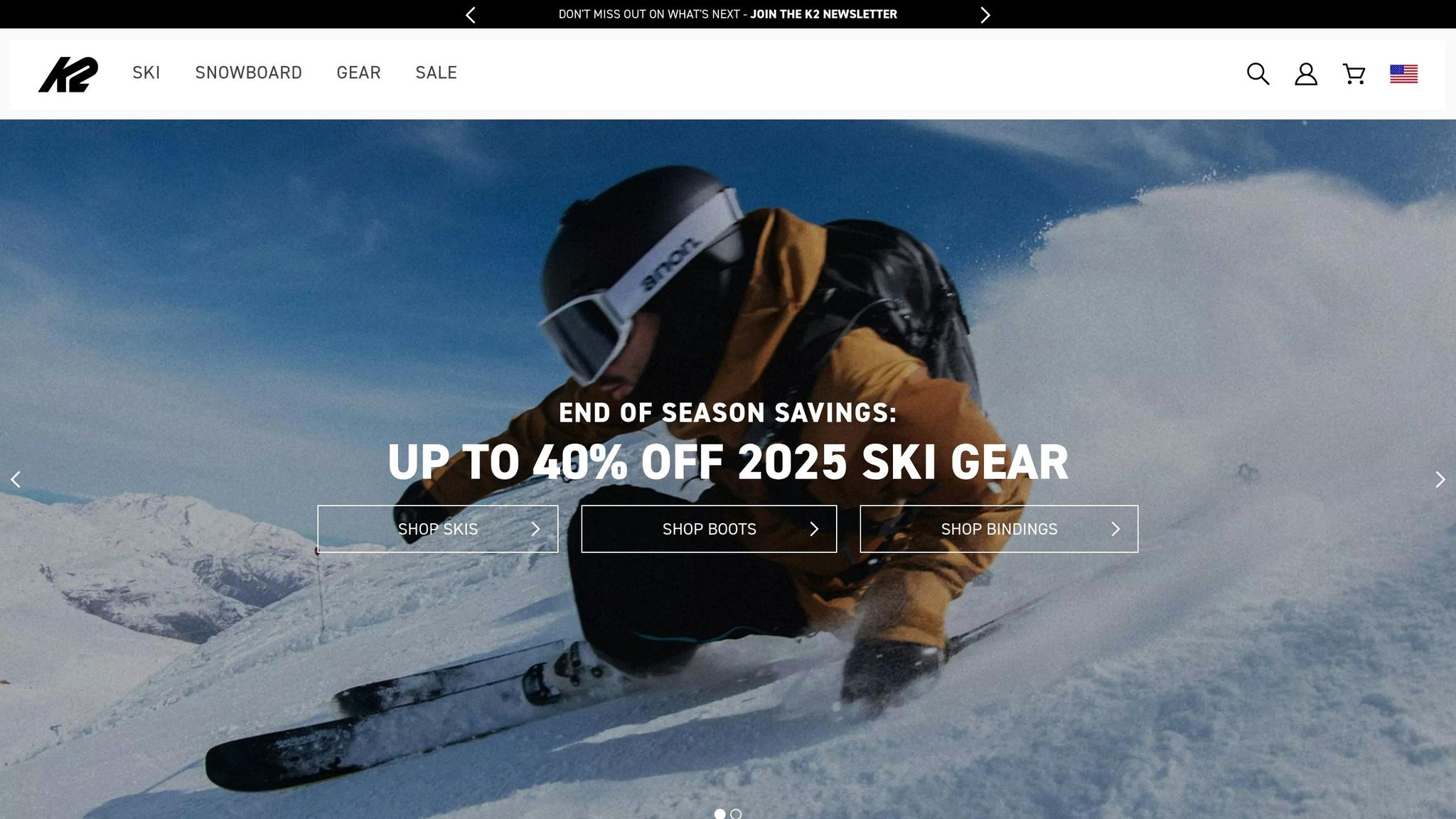
Technical Specifications
| Feature | Specification |
|---|---|
| Dimensions | 127/90/114 mm |
| Turn Radius | 19 m (177 cm length) |
| Weight | 8.23 lbs (3,734 g) per pair |
| Core Material | Maple/Aspen |
| Technology | Titanal Y-Beam |
| Price | $650 MSRP |
Performance Ratings
Here’s how SKI Magazine rated the Mindbender 90 Ti:
| Performance Aspect | Rating |
|---|---|
| Quickness/Maneuverability | 4.04/5 |
| Playfulness | 3.96/5 |
| Forgiveness | 3.89/5 |
| Crud Performance | 3.79/5 |
| Hard Snow Performance | 3.57/5 |
| Flotation | 3.54/5 |
Terrain Performance
According to OutdoorGearLab, this ski shines in carving (8.0/10) and maintains solid stability at speed (7.0/10). It’s a top choice for groomed trails and handles moderate powder well, making it a reliable all-mountain option.
Key Technologies
The Titanal Y-Beam technology is a standout feature, offering:
- Superior edge grip on hard-packed snow
- Stable performance across variable terrain
- Balanced flex for versatility in different skiing conditions
These features work together to deliver consistent and reliable performance on the slopes.
Real-World Application
In real-world tests, the Mindbender 90 Ti has proven its worth, especially on groomed runs. Testers praised its mix of power and finesse. Donahue from the SKI Test Crew shared:
"Possesses a gentle smooth feel that masked the raging power beneath. An even flex makes it predictable and solid in any turn shape. A nice blend of power and finesse!"
Value Assessment
Priced at $650 MSRP, the Mindbender 90 Ti offers a balance of precision and durability that makes it a solid choice for all-mountain skiing. Bobby Garrett, Review Editor at OutdoorGearLab, remarked:
"A true 'instructor's ski', the K2 Mindbender 90Ti surprised our crew of testers with its solid overall performance."
Its durability and consistent performance make it a reliable investment for skiers seeking all-around capability.
7. Salomon Stance 96: Detailed Review
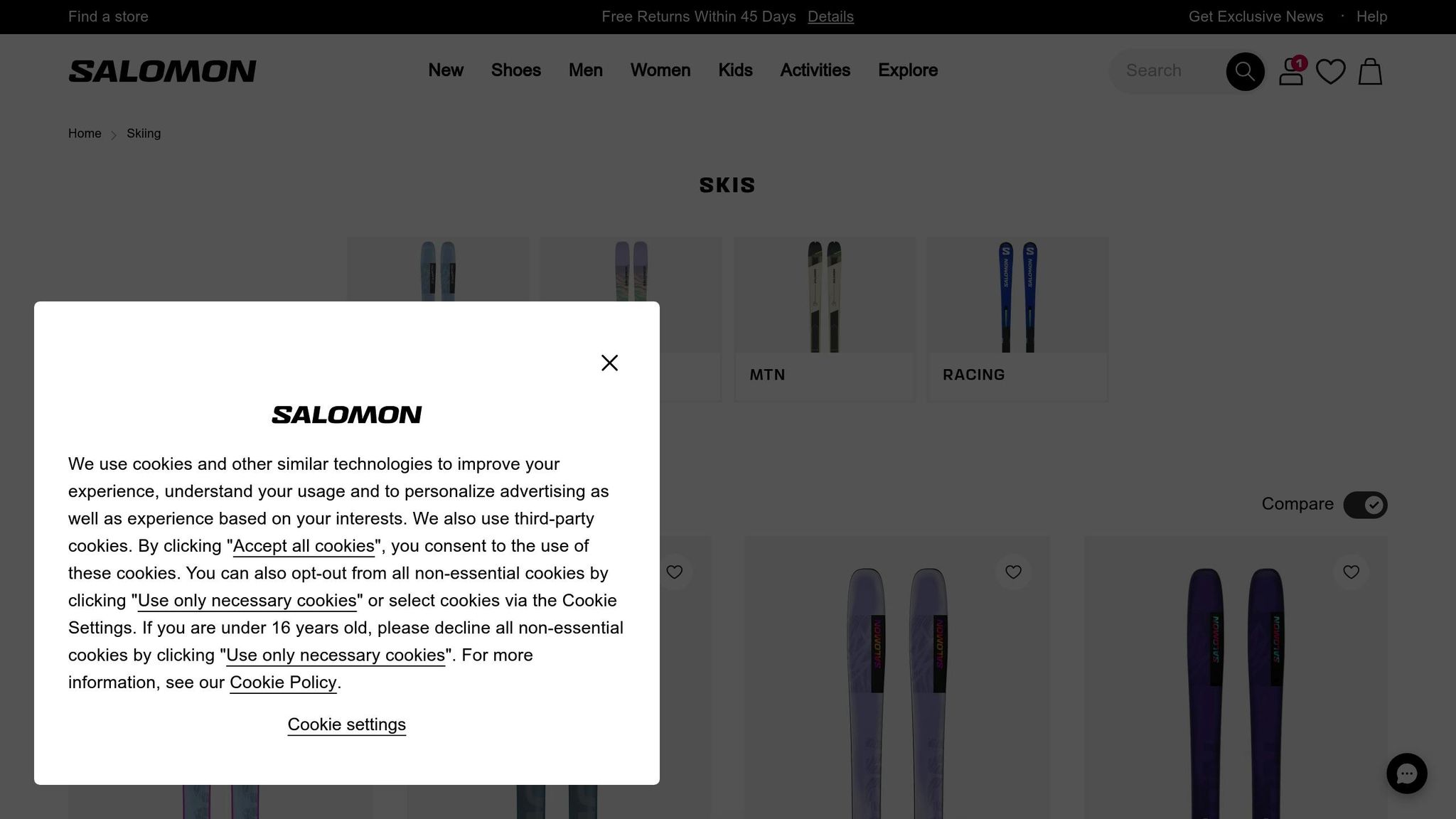
The Stance 96 stands out as a strong contender for those seeking a versatile, all-mountain ski that can handle various conditions with ease.
Technical Specifications
| Feature | Specification |
|---|---|
| Dimensions | 132/96/114 mm |
| Turn Radius | 20 m |
| Weight | 4.23 lbs (1,920 g) per ski |
| Core Material | Caruba/Poplar Wood |
| Construction | Full Sandwich Sidewall |
| Price | $750 |
Performance Overview
| Performance Aspect | Rating |
|---|---|
| Stability at Speed | 8.2/10 |
| Hard Snow Performance | 8.2/10 |
| Versatility | 8.2/10 |
| Carving | 8.2/10 |
| Quickness/Maneuverability | 8.0/10 |
| Responsiveness | 7.9/10 |
Key Features
- Titanal Frame: Enhances stability on groomed trails while boosting performance off-piste.
- Carbon/Flax Blend: Balances power and weight by incorporating metal cutouts.
- Full Wood Core: Ensures consistent flex and dependable responsiveness.
These features are designed to deliver a balanced experience across various skiing scenarios.
Real-World Performance
Testers report that the Stance 96 transitions smoothly into turns and maintains excellent grip, offering a reliable and nimble ride across a range of terrains.
Terrain Versatility
The Stance 96 shines across different terrains, making it a dependable choice for all-mountain use:
- Groomed Runs: Provides great stability and edge control.
- Variable Conditions: Offers reliable grip even in changing snow conditions.
- Crud Performance: Handles choppy snow effectively, earning a 7.4/10 rating.
- Powder Performance: Delivers decent flotation, rated at 7.2/10.
Pricing and Value
Priced at $750, the Stance 96 offers strong performance for its cost. Demo versions are available starting at $419.99 for the 188cm length.
Note: Salomon plans to introduce the Stance 96 Pro to replace this model in the 2026 season.
Specs Comparison: Compact vs Standard Skis
Here's a side-by-side look at compact skiblades and traditional all-mountain skis, focusing on their main differences and benefits.
Size and Portability
| Feature | Compact Skiblades | Traditional All-Mountain Skis |
|---|---|---|
| Length Range | 65–120 cm | 150–200+ cm |
| Storage Space | Fits in a backpack | Requires a ski bag |
| Transport Ease | Easy to carry | Often needs roof rack/carrier |
| Boot Compatibility | Works with winter shoes, ski boots, or snowboard boots | Requires dedicated ski boots |
The shorter length of compact skiblades makes them easier to handle, store, and transport compared to traditional skis.
Performance Characteristics
Performance is another area where these two types of skis differ:
- Compact Skiblades: Excellent for quick turns and precise control, making them ideal for groomed runs, terrain parks, and moguls. They also have a shorter learning curve, helping beginners build confidence faster.
- Traditional Skis: Provide better stability at high speeds and superior performance in deep snow, thanks to their length and design.
Cost Analysis
Compact skiblades are a more budget-friendly option, especially since they work with your existing winter footwear. Traditional skis, on the other hand, involve a higher upfront cost and require specialized boots.
| Equipment Type | Base Equipment Cost | Required Accessories | Total Investment |
|---|---|---|---|
| Compact Skiblades | ~$150–$690 | Use existing winter boots | ~$150–$690 |
| Traditional Skis | ~$750–$1,200 | Ski boots (~$300–$600) | ~$1,050–$1,800 |
Terrain Adaptability
Each type of ski shines in different terrains:
-
Compact Skiblades
- Groomed Runs: Quick edge-to-edge transitions
- Terrain Parks: Precision for tricks and jumps
- Moguls: Easy maneuverability
- Powder: Longer models (99–120 cm) can handle moderate powder
-
Traditional All-Mountain Skis
- Groomed Runs: Stable at higher speeds
- Powder: Exceptional flotation in deep snow
- Variable Conditions: Reliable across mixed terrains
- Off-Piste: Better suited for ungroomed areas
Snowfeet skiblades boast an impressive 4.9/5 rating from 1,128 reviews, highlighting their appeal for both performance and ease of use.
How to Pick Your All-Mountain Ski
Here’s a guide to help you choose the right all-mountain ski based on your needs.
Physical Characteristics and Skill Level
| Skill Level | Recommended Length | Best For |
|---|---|---|
| Beginner | 65–99 cm | Easy control and quick learning |
| Intermediate | 99–120 cm | Stability and handling versatile terrain |
| Advanced | 120+ cm | High-speed skiing and powder runs |
Terrain Preferences
The type of terrain you frequent should play a big role in your decision.
Groomed Runs and Parks
- Shorter skis (65–99 cm) are easier to handle and allow for quick edge-to-edge transitions, making them great for tricks and tight spaces.
Mixed Conditions
- Mid-length skis (99–120 cm) offer a balance of performance:
- Better float in moderate powder
- Stability for higher speeds
"Short skis are highly maneuverable, making them perfect for navigating tight spaces such as moguls or terrain parks. They are easy to turn which helps to navigate through tricky terrain with confidence." - Snowfeet Team
Storage and Transportation
Your ski length can also impact practicality when it comes to storage and travel.
Compact Storage
- Skis around 65 cm can fit in a backpack, making them convenient for urban living or frequent travelers.
Moderate Storage Needs
- Skis in the 99–120 cm range require more space but are still easier to store than full-length skis.
Specific Model Recommendations
Check out earlier reviews for detailed comparisons. For example:
- Snowfeet 65 cm: Ideal for beginners who need better control.
- Snowfeet 99 cm: Offers a balance of versatility and stability.
- Snowfeet 120 cm: Designed for advanced skiers seeking high-speed and powder performance.
Footwear Compatibility
Snowfeet skis are compatible with a variety of footwear, including regular winter boots, snowboard boots, and traditional ski boots.
"For the purpose of recreational skiing, short skis are optimal. They are easier to pack and carry around, you can choose what footwear do you prefer and finally, they are easy to ride, so you will not finish all drained up." - Snowfeet Team
Shorter skis are a great option for those looking for an easier learning experience, better control, and less physical strain while skiing. They’re a practical choice for recreational skiers and travelers alike.
Summary
The 2025 all-mountain skis focus on offering flexibility for a variety of terrains. This section highlights our detailed reviews of both compact and traditional all-mountain ski options.
Snowfeet's compact skiblades, available in 65 cm, 99 cm, and 120 cm lengths, received top-tier ratings (4.9–5.0/5) and are priced between $450 and $690.
Traditional all-mountain skis are advancing, with brands improving performance for diverse conditions. Notable models include:
| Ski Model | Best For | Price |
|---|---|---|
| Atomic Maverick 95 Ti | Mixed terrain | $750 |
| Nordica Enforcer 94 | Intermediate to advanced | $750 |
| Völkl M7 Mantra | Speed and control | $850 |
"All-mountain skis can carve a turn on the groomers and are also fun off-trail or in the bumps"
- Tracy Gibbons, owner and hardgoods buyer for Sturtevant's
Compact ski designs have their own fan base. A pro skater shared their enthusiasm:
"As a pro skater the feeling of rollerblades on my feet is the feeling of being at home... Honestly this is my snow sport. I really can't see myself picking up skis ever again. They are fast and agile, convenient and light, and great for shreddage. 100% recommend!"
- Logan @xskyskaterx
When choosing all-mountain skis, consider factors like the type of terrain, waist width (86–100 mm is ideal), your skill level, storage space, and budget (typically $450 to $1,000). The right pair offers reliable performance across a range of conditions and environments.
FAQs
What are the key differences between compact skiblades and traditional all-mountain skis when it comes to performance and terrain suitability?
Compact skiblades, or snowblades, are much shorter than traditional all-mountain skis, offering a unique and agile skiing experience. Their compact size makes them easier to control, especially for beginners, and ideal for quick turns, tricks, and navigating tight spaces like moguls or tree runs. However, their smaller surface area limits their performance in deep powder or at high speeds.
Traditional all-mountain skis, on the other hand, are designed for versatility across a wide range of conditions and terrains. They provide better stability, flotation in powder, and performance at higher speeds, making them a great choice for skiers who want one pair of skis to handle everything from groomed trails to off-piste adventures. Ultimately, the choice depends on your skiing style and the type of terrain you prefer to explore.
How do I pick the best waist width for all-mountain skis based on the snow and terrain I usually ski?
Choosing the right waist width for your all-mountain skis depends on the type of snow and terrain you encounter most often:
- Groomed Trails: If you stick to groomed runs, go for narrower skis (under 85 mm). They’re more agile and make turning easier.
- Powder Days: For deep, soft snow, wider skis (over 100 mm) give you better float and stability.
- Mixed Conditions: Skis with a waist width of 88–102 mm are the sweet spot for versatility, handling everything from packed snow to occasional powder.
For skiers in regions with heavy snowfall, like the Rockies, aim for skis in the 90–105 mm range. If you’re on the East Coast or areas with firmer snow, narrower skis (80–95 mm) are better suited for the conditions. Focus on what feels right for your typical terrain to get the best performance and enjoyment out of your skis.
Can I use Snowfeet skiblades with regular winter boots, and how do they compare to traditional skis in terms of portability and ease of use?
Yes, Snowfeet skiblades are specifically designed to work with regular winter or snowboard boots, making them incredibly convenient for skiers who don’t want to invest in specialized ski boots. This compatibility means you can hit the slopes with gear you likely already own.
Compared to traditional skis, Snowfeet skiblades are much more portable thanks to their compact size. They are lighter, easier to carry, and take up far less storage space. Additionally, they are simpler to use, offering a more intuitive learning curve, especially for beginners or those looking for a fun, hassle-free skiing experience.

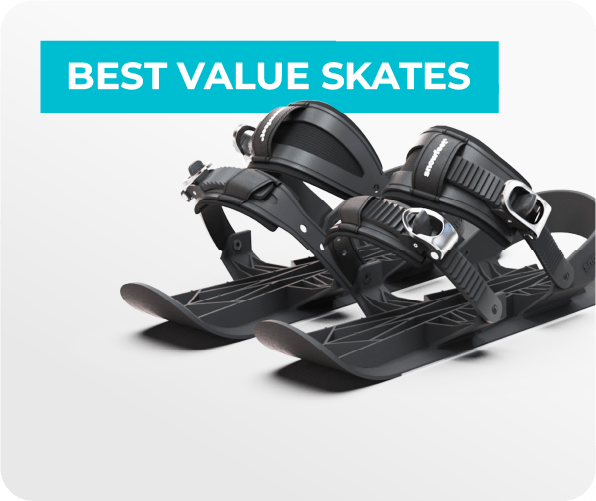
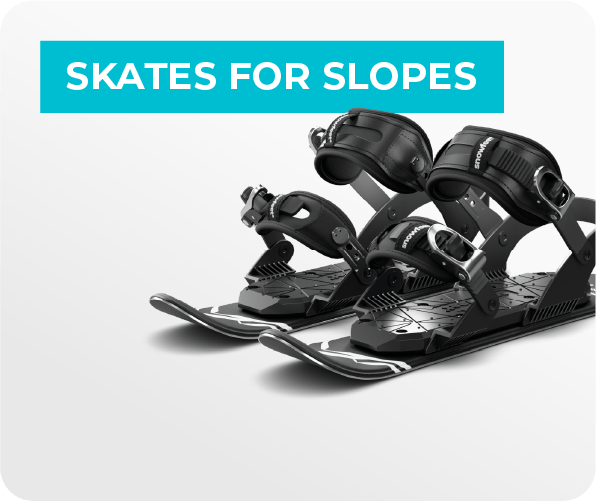
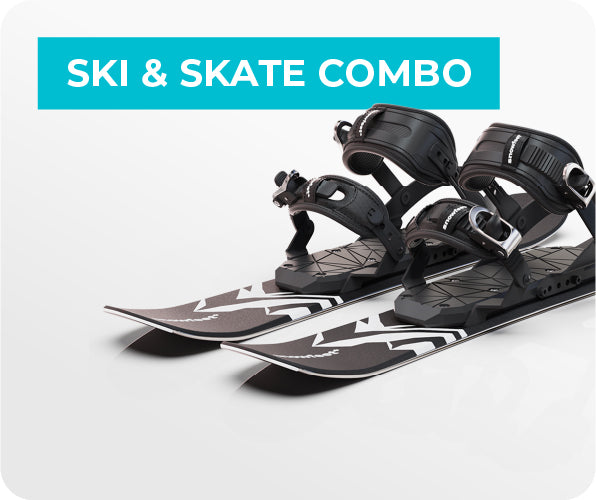
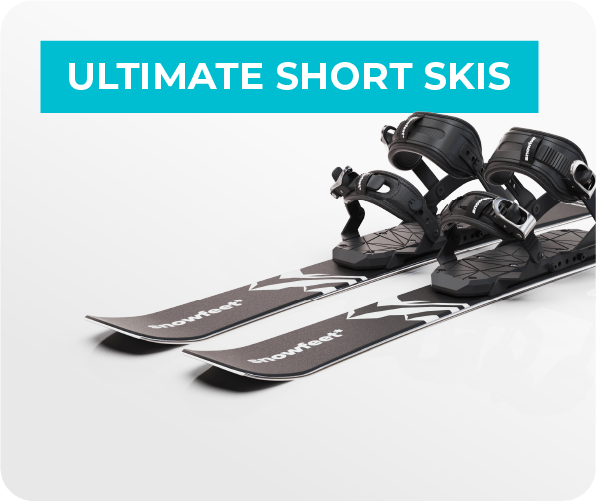
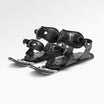
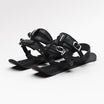
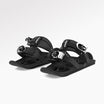
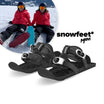
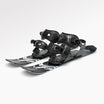
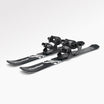
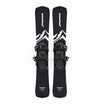
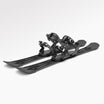
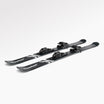
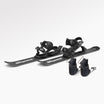
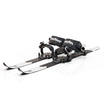
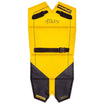
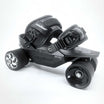

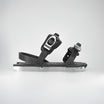
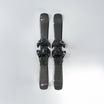
![Top All-Mountain Skis [2025]: Your One-Ski Quiver Guide](http://www.snowfeetstore.com/cdn/shop/articles/6814450fb040e4635da4f2cf-1746162848368_c61d0d8a-a0ce-42ca-9351-1d20bb9b414f-3869202.jpg?v=1758688782&width=1500)
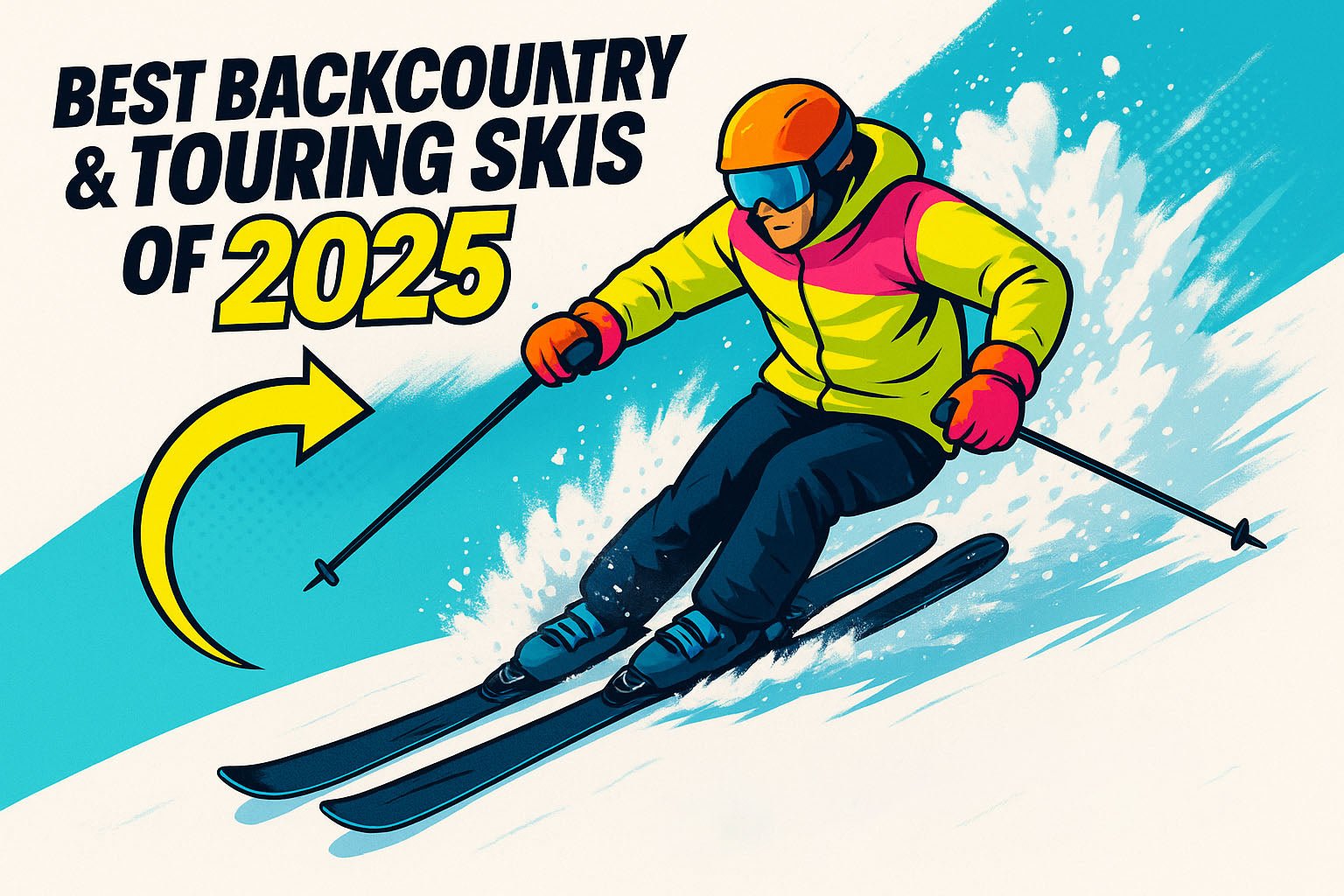
![Ultimate Powder Skis [2025]: Conquer the Deep Snow](http://www.snowfeetstore.com/cdn/shop/articles/6814553bb040e4635da51a71-1746165064822_1b51a4cc-d920-4676-83bc-711f62f7843f-9032707.jpg?v=1758688786&width=1536)
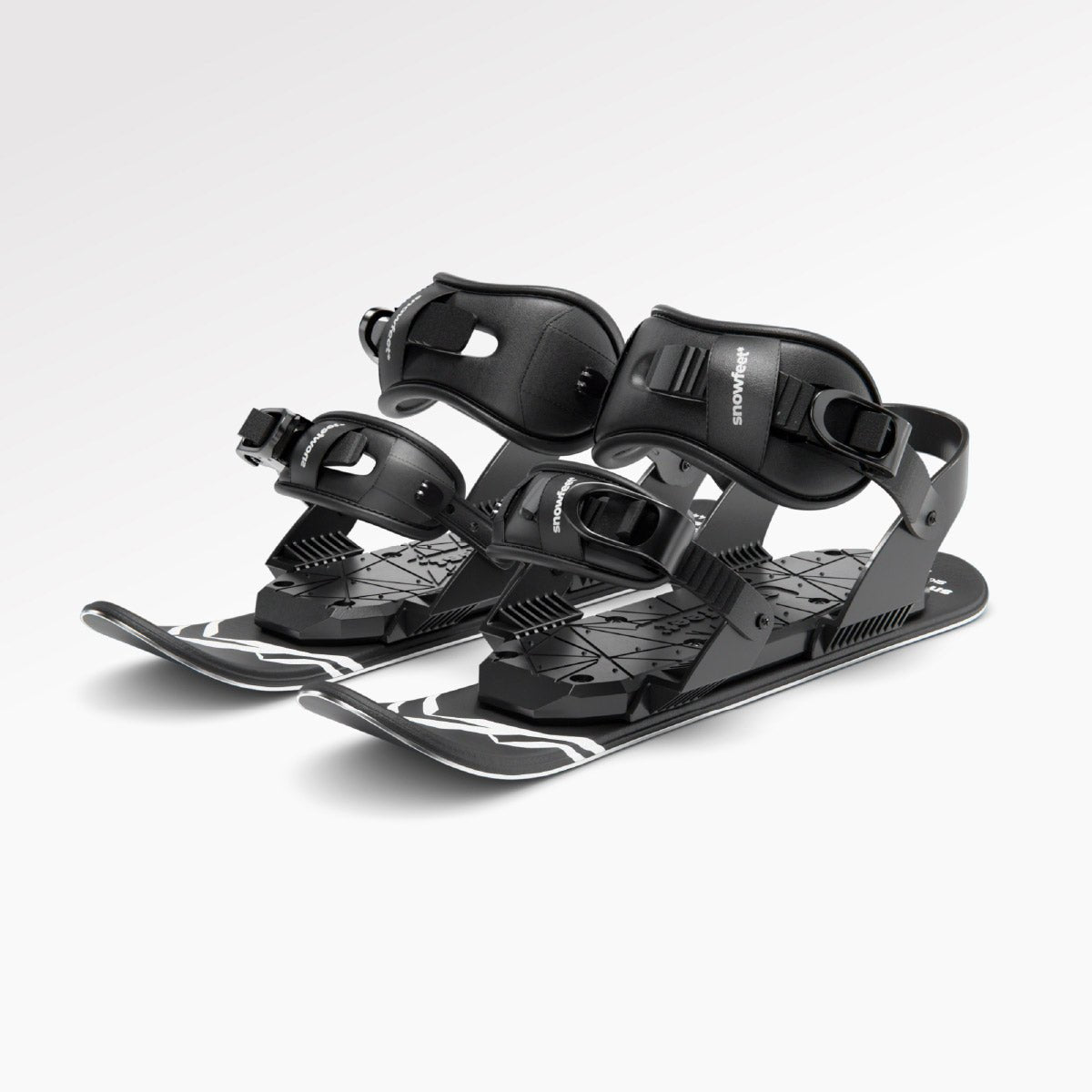
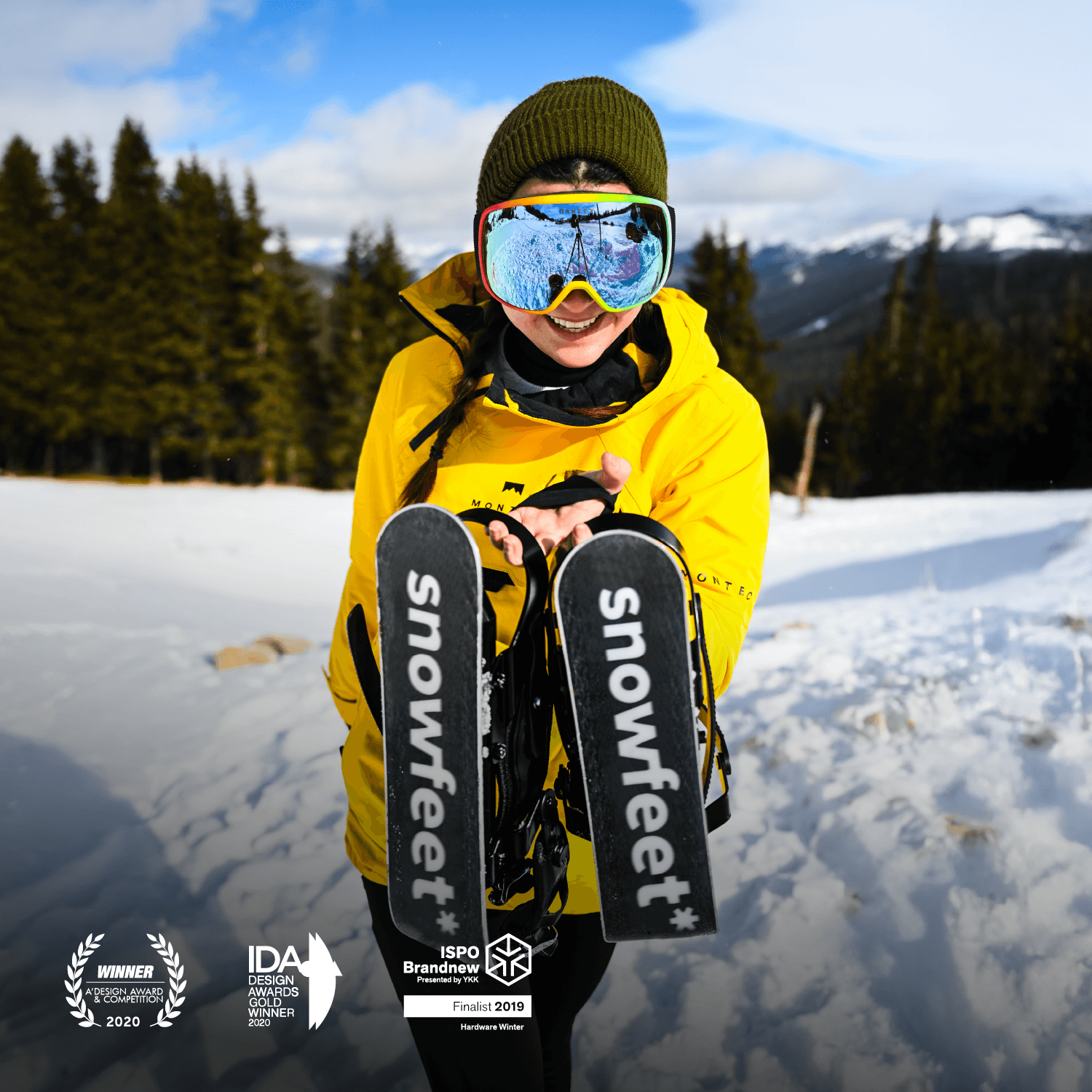
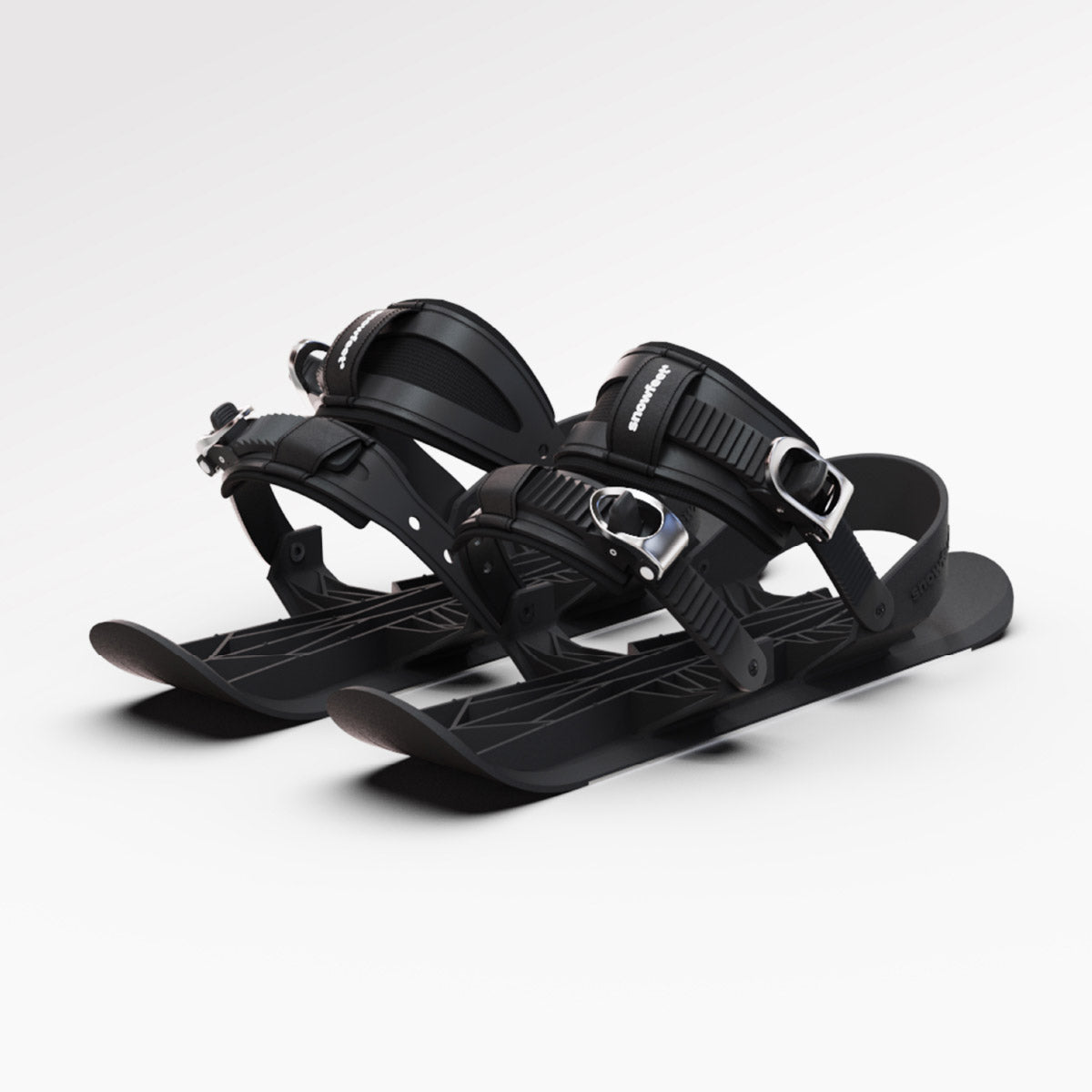
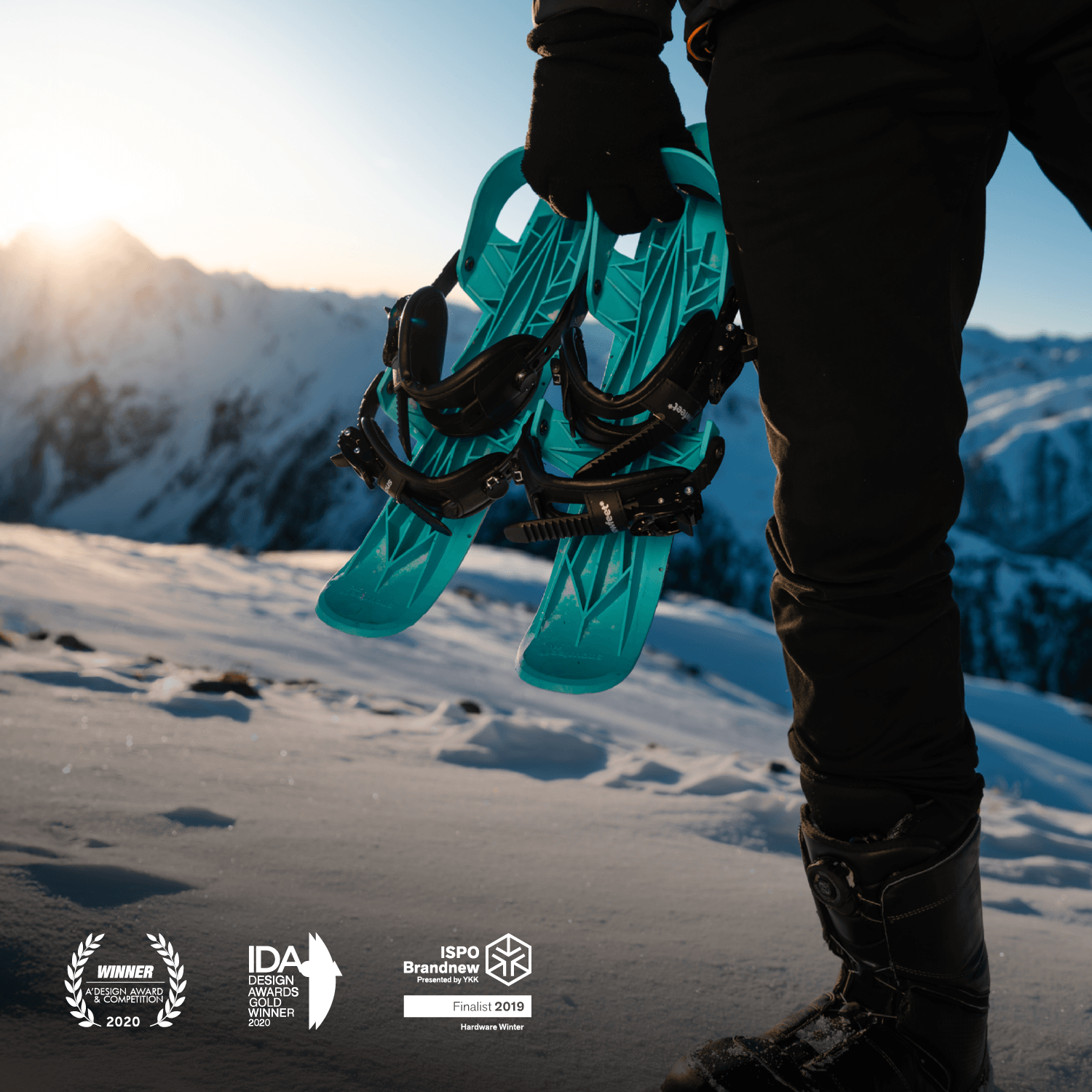
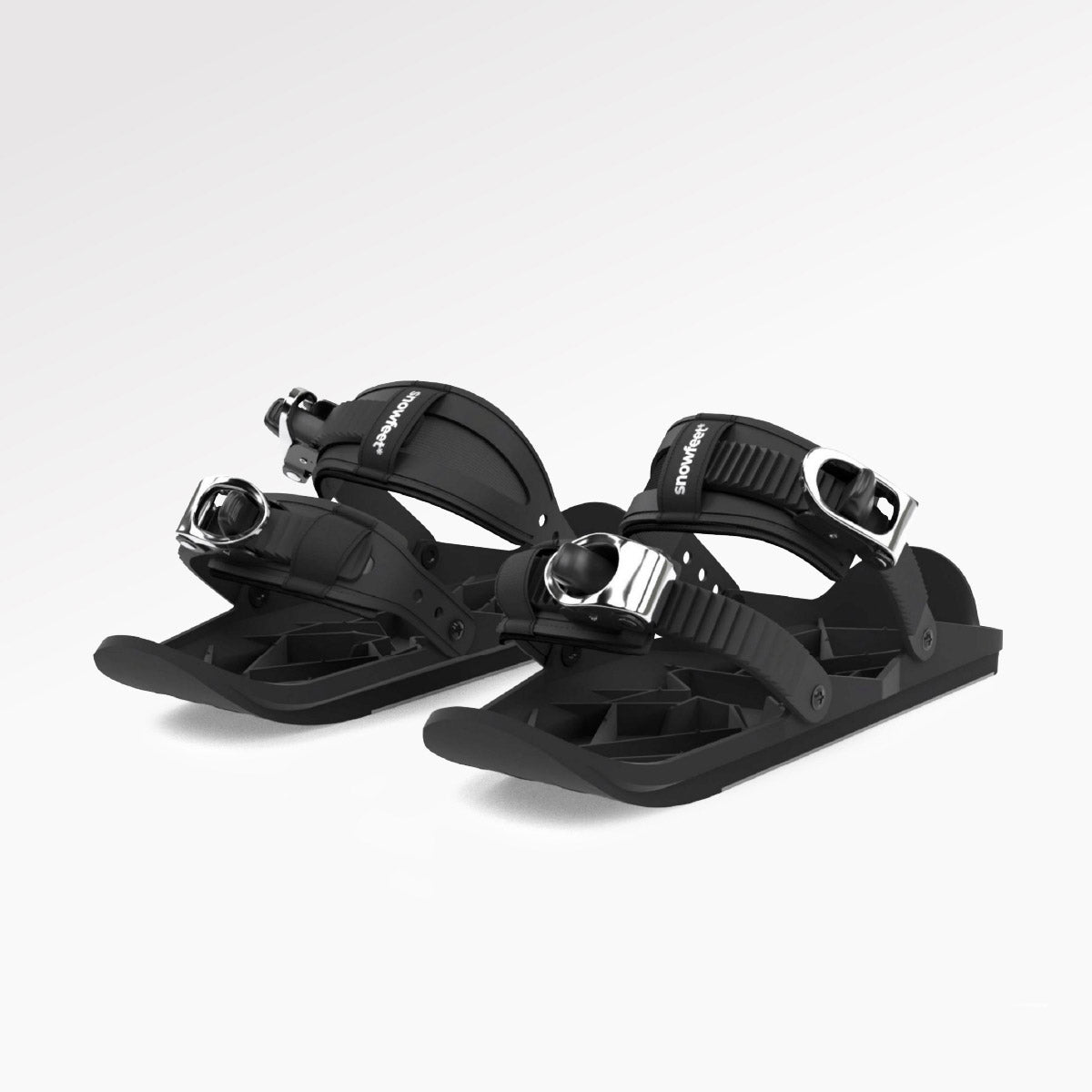
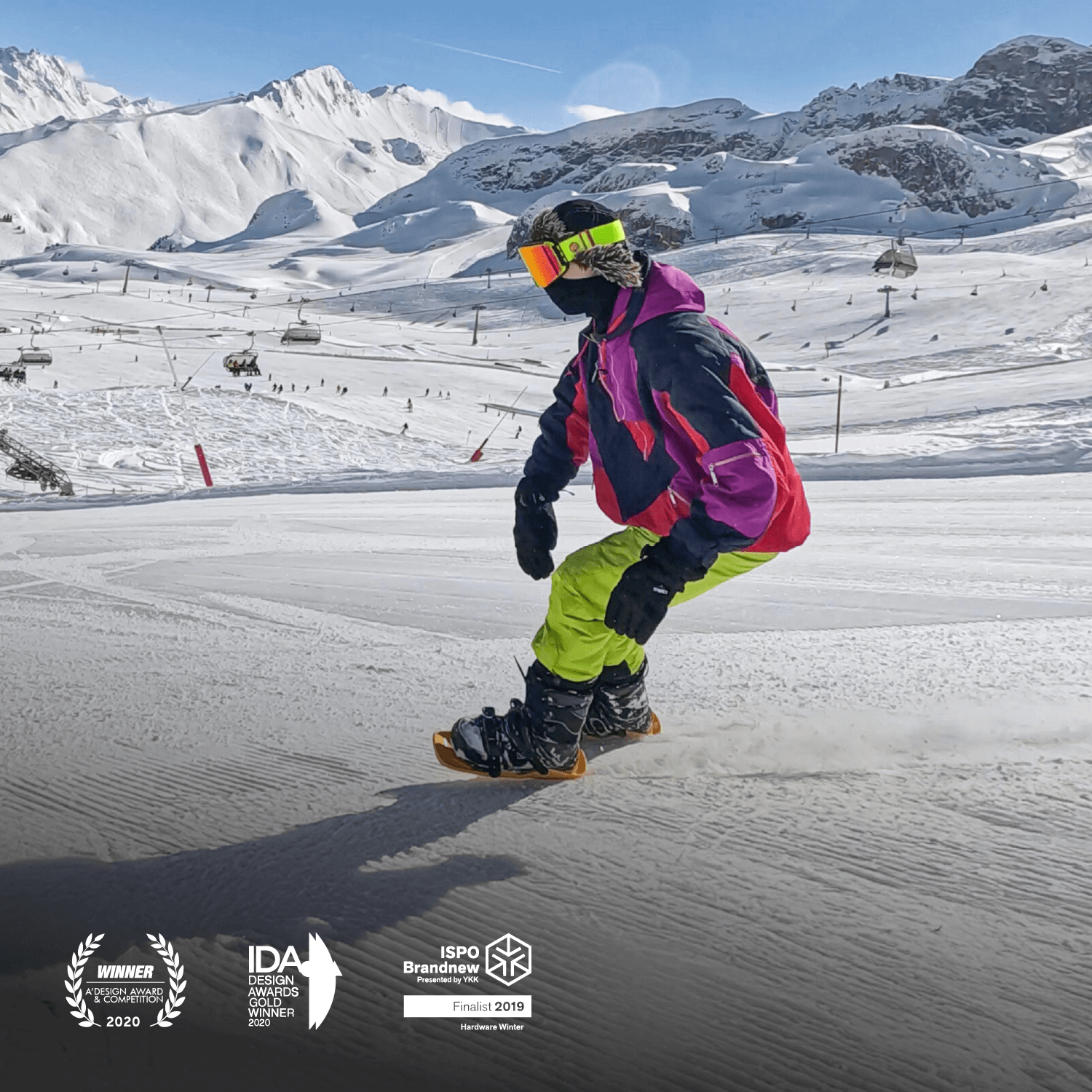
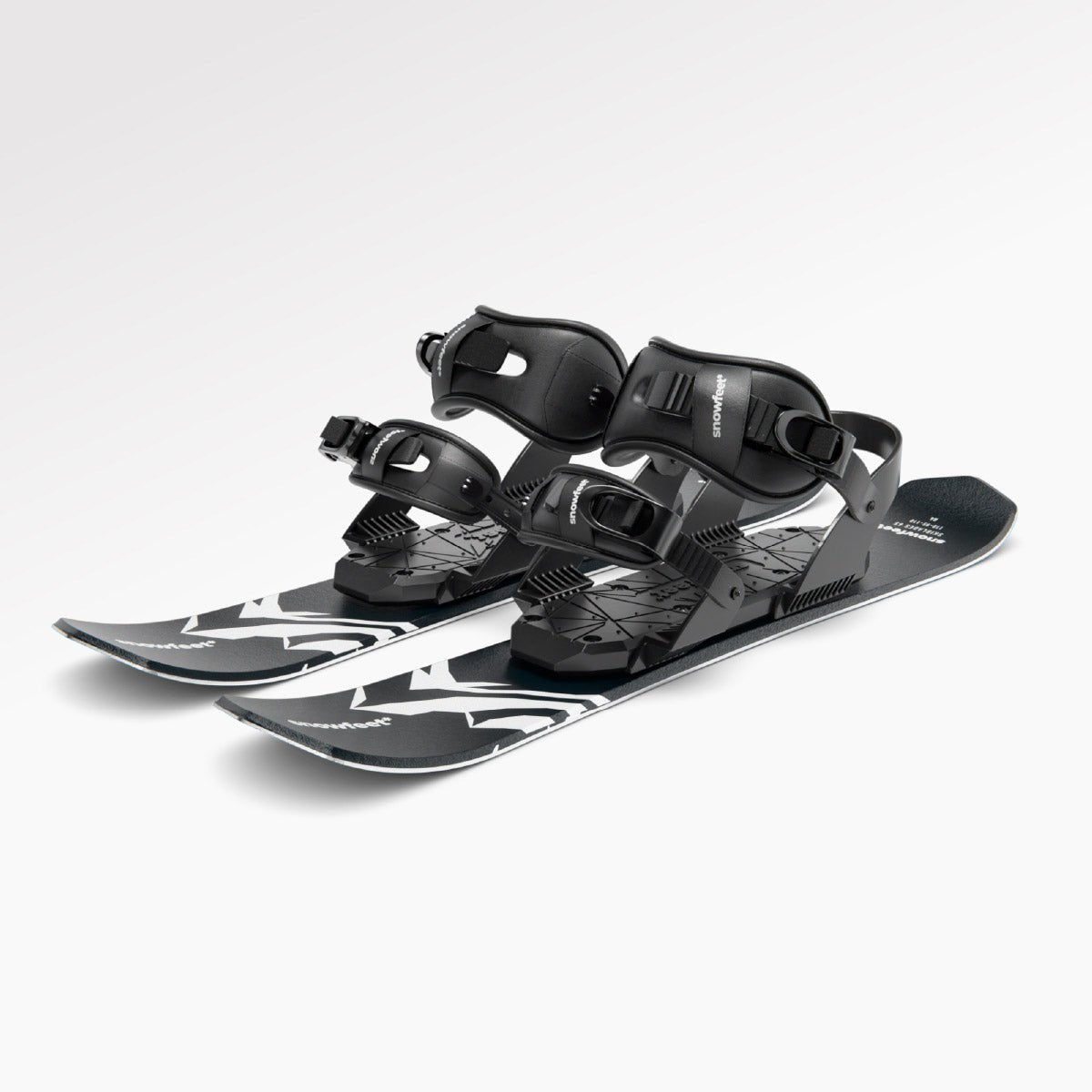
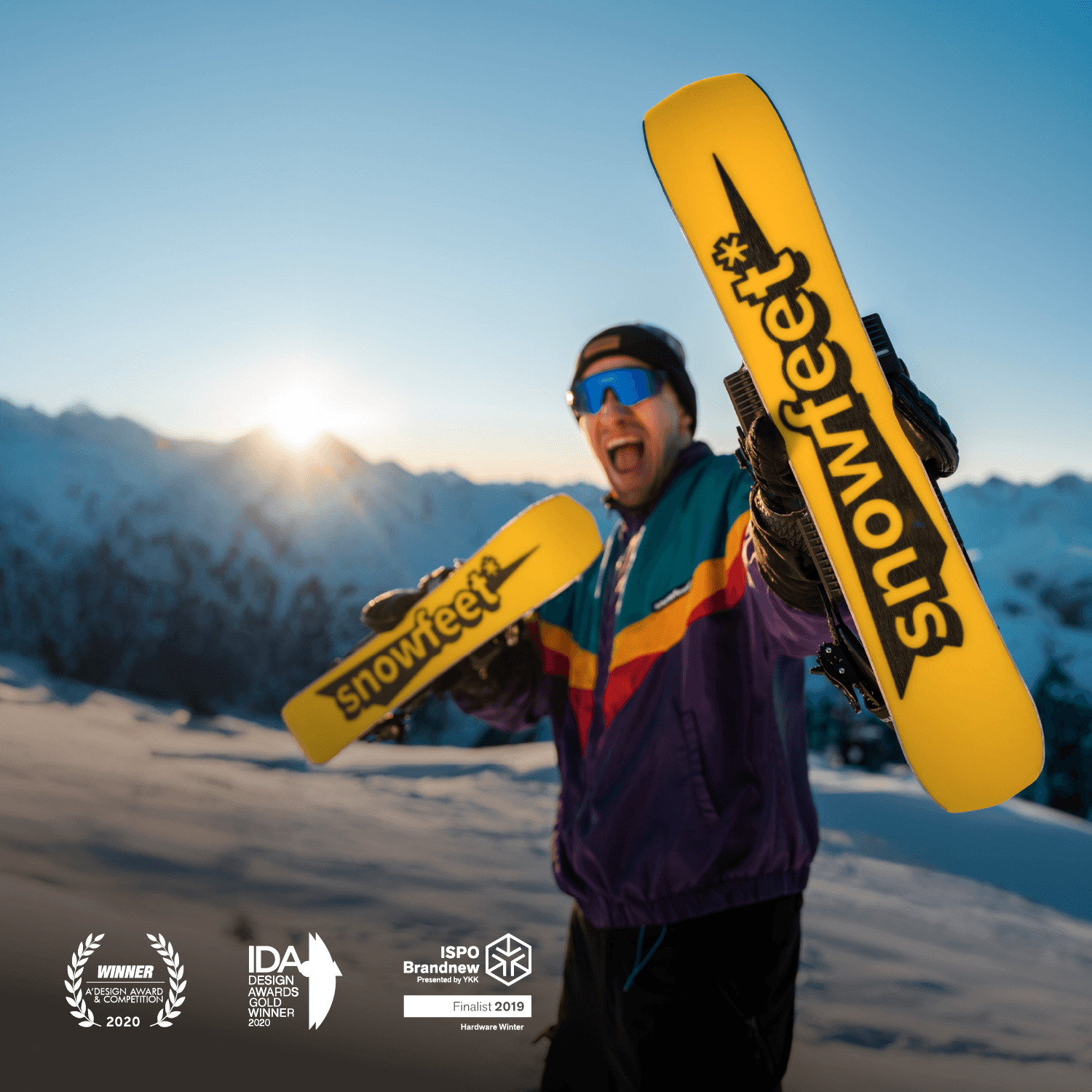
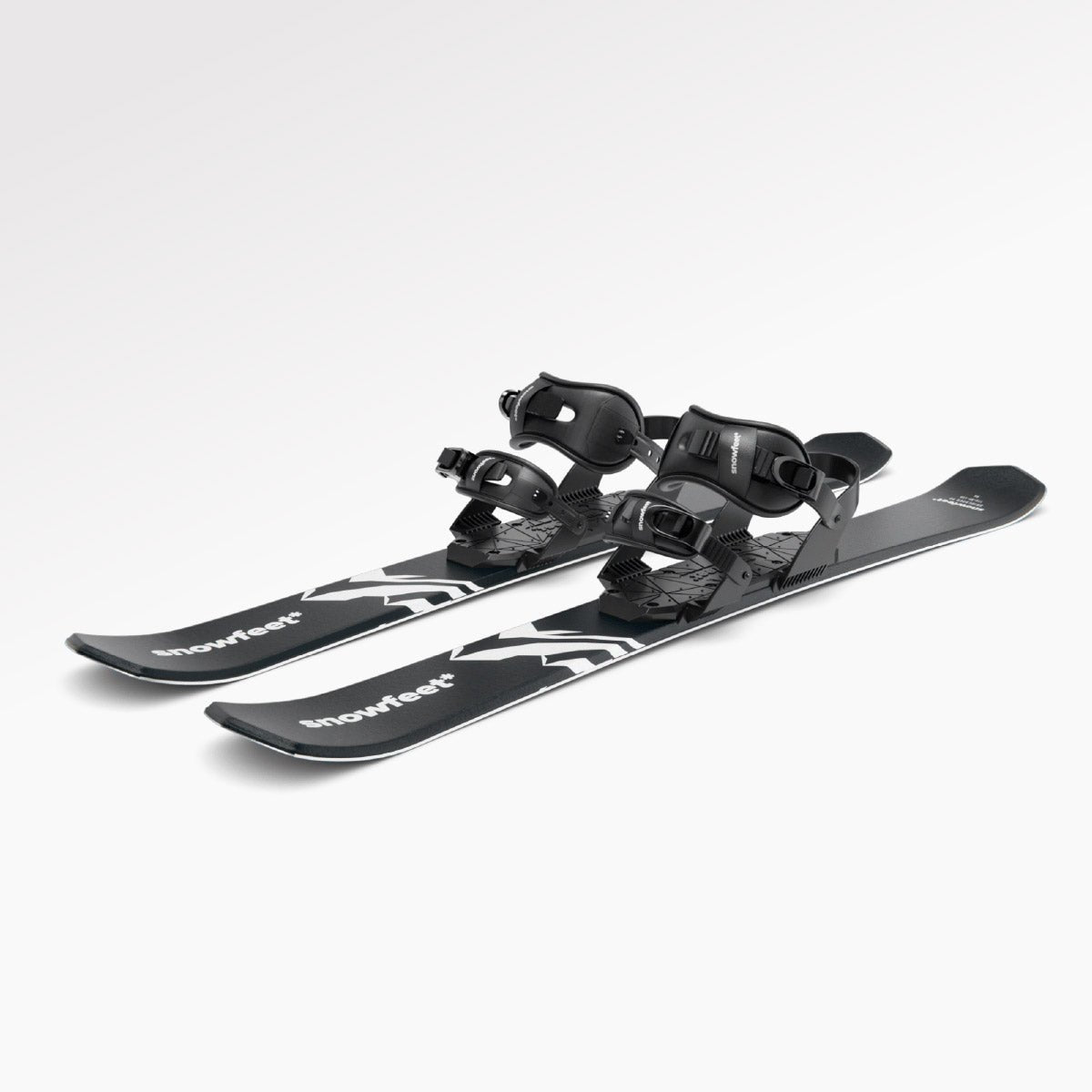
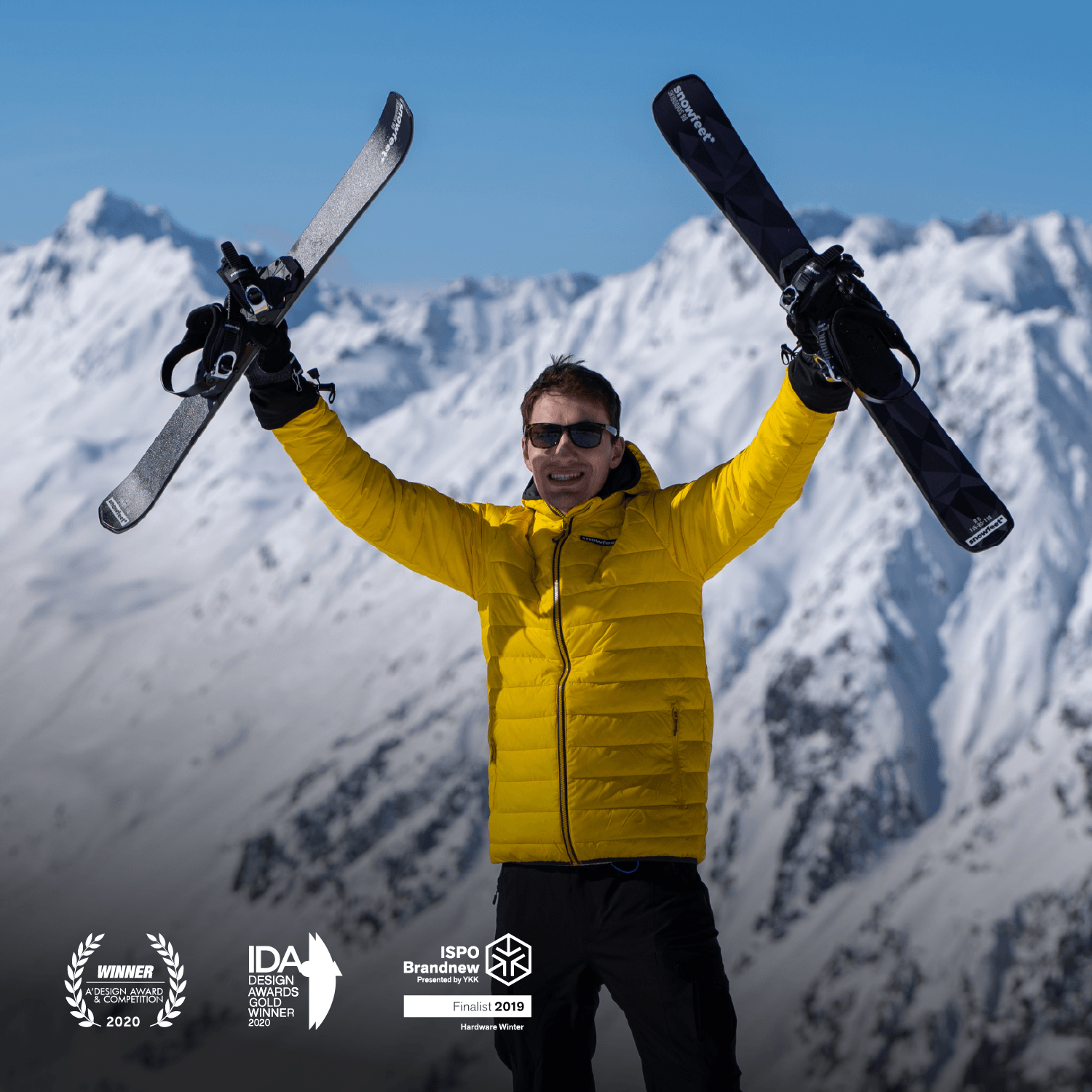
Leave a comment
This site is protected by hCaptcha and the hCaptcha Privacy Policy and Terms of Service apply.